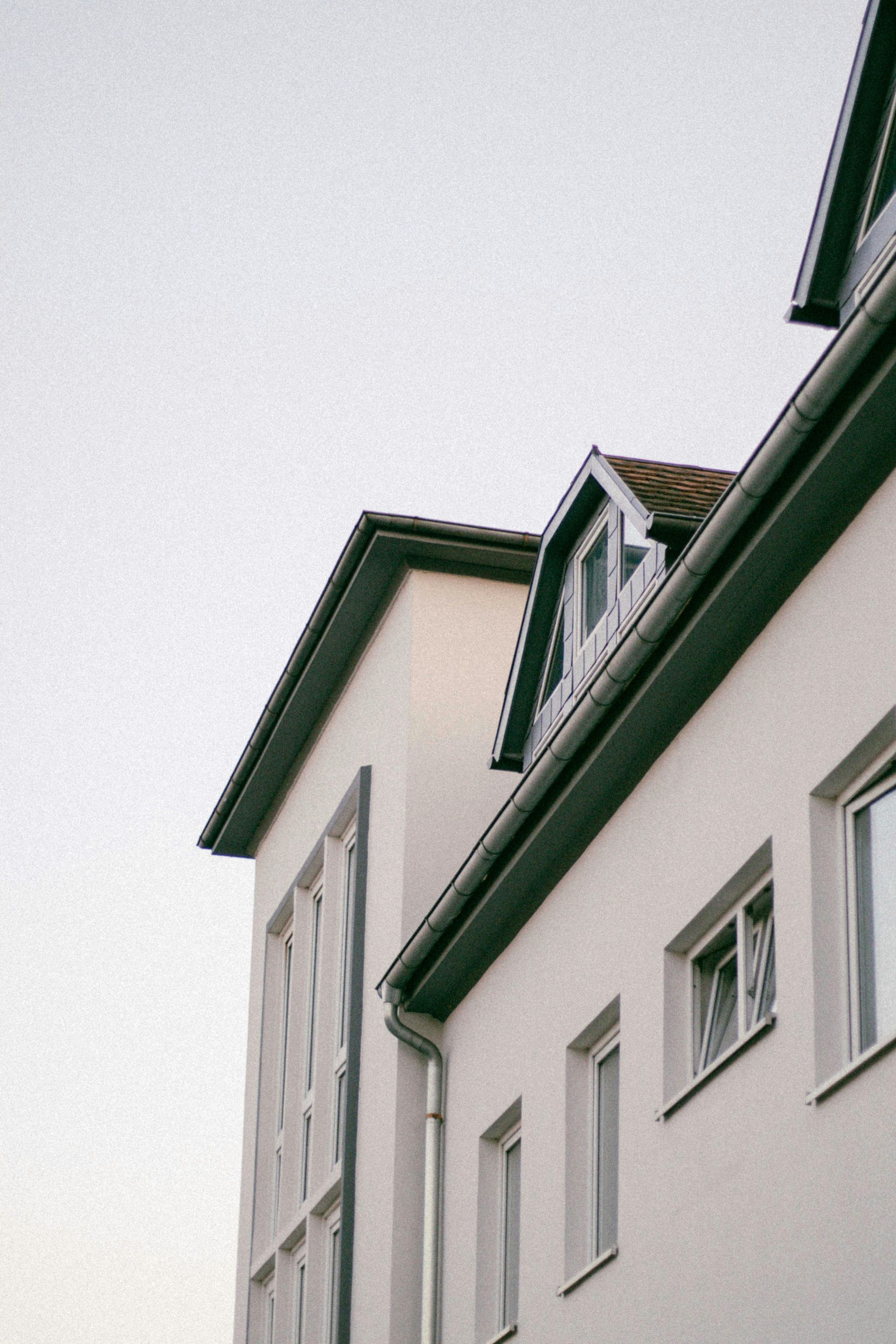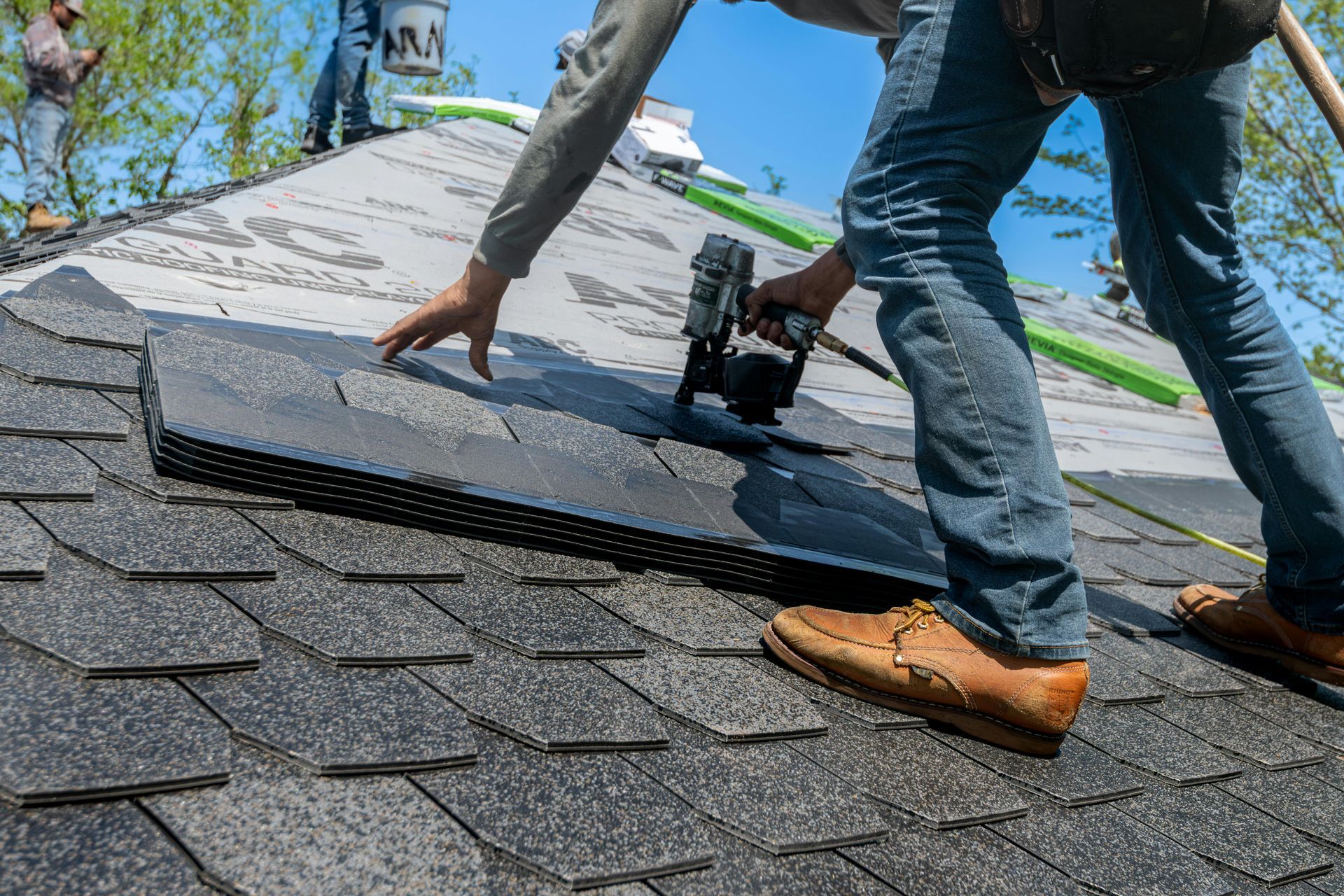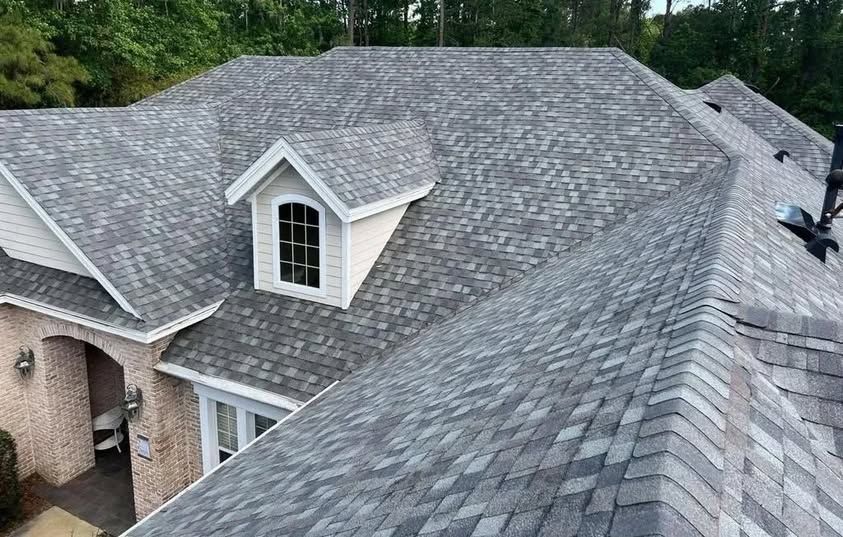The Cost of Roof Replacement in Fredericton: What to Expect in 2025
A roof replacement is one of the most significant home investments you’ll make. Whether your roof has reached the end of its lifespan or recent weather has caused damage, knowing what to expect for roof replacement costs in Fredericton helps you plan confidently and avoid surprises.
As we move into 2025, the price of roofing materials and labor continues to evolve, influenced by supply chain shifts, inflation, and weather-related demand across New Brunswick. This guide breaks down the typical costs, factors that impact pricing, and how homeowners in Fredericton, New Maryland, Lincoln, and Oromocto can make smart, value-based decisions.
1. Average Roof Replacement Costs in Fredericton, NB (2025 Estimates)
For an average single-family home in Fredericton, the cost of roof replacement in 2025 typically ranges between $7,000 and $13,000, depending on roof size, material choice, and design complexity.
Here’s a breakdown by material type:
| Roofing Material | Average Cost (per sq. ft.) | Estimated Total for 2,000 sq. ft. Roof | Lifespan |
|---|---|---|---|
| Asphalt shingles | $4.00 – $6.50 | $8,000 – $13,000 | 15–25 years |
| Metal roofing | $8.00 – $14.00 | $16,000 – $28,000 | 40–70 years |
| Rubber / Synthetic | $6.00 – $10.00 | $12,000 – $20,000 | 30–50 years |
| Cedar shakes | $9.00 – $15.00 | $18,000 – $30,000 | 20–30 years |
These figures include both materials and professional installation. Roofs with steep slopes, complex shapes, or multiple dormers can add 10–20% to the overall cost.
Homeowners in Fredericton, New Maryland, and Oromocto often lean toward mid-range asphalt or metal options, which balance affordability with durability against New Brunswick’s intense winters and humid summers.
2. Key Factors That Affect Roof Replacement Pricing
Every home is different, and so is every roof. Several factors influence the total cost of a new roof in Fredericton:
1. Roof Size and Slope
The larger or steeper your roof, the more materials and labor are required. Roofs with sharp angles, dormers, or skylights also take longer to install.
2. Material Choice
Asphalt shingles remain the most common and cost-effective option. However, more homeowners are investing in metal roofing for its longevity and energy efficiency, especially in areas like Lincoln and Oromocto where weather conditions can be harsher.
3. Labor Costs
Labor represents 50–60% of most roofing projects. Experienced local roofing contractors, such as Altitude Roofing, charge fair rates that reflect quality craftsmanship and proper safety measures - essential for long-term roof performance.
4. Roof Deck Condition
If your roof deck (the wooden base beneath the shingles) is rotted or damaged, it must be repaired or replaced before new materials are installed. This adds cost but ensures structural integrity.
5. Accessibility and Home Design
Difficult-to-reach roofs or those surrounded by landscaping, multiple levels, or tight property lines can take longer to replace, increasing labor costs slightly.
6. Time of Year
Roofing is seasonal in New Brunswick. Scheduling your replacement during spring or fall may offer better pricing and availability compared to the busy summer months.
3. How Fredericton’s Weather Impacts Roof Replacement Costs
Fredericton’s climate is a major factor in roof wear and tear. The region’s freeze-thaw cycles, heavy snow, and high humidity all take a toll on roofing materials, often shortening their lifespan compared to milder climates.
Contractors must use proper underlayment, insulation, and ventilation systems to handle these conditions. While that might slightly increase installation costs, it prevents future damage and extends your roof’s life.
In New Maryland and Lincoln, where tree coverage and humidity levels are higher, choosing a roof material resistant to moss and moisture - like metal or treated shingles - can reduce maintenance costs over time.
4. Value Over Price: Why Cheapest Isn’t Always Best
It’s tempting to choose the lowest bid, but when it comes to roofing, cheaper isn’t always smarter. Low-cost contractors may cut corners on materials or ventilation, leading to leaks or early replacement needs.
Instead, focus on value - the balance between cost, longevity, and reliability. Paying a little more upfront for premium materials and certified installation often saves thousands in repairs and energy costs later.
Altitude Roofing, for example, offers transparent pricing and warranties that protect homeowners from unexpected issues. Their expertise with roof replacement in Fredericton, NB, ensures your new roof is built to last through every season.
5. How to Budget for a Roof Replacement in 2025
Planning ahead helps minimize financial stress when the time comes to replace your roof.
Step 1: Get a Professional Inspection
A local roofer can assess the current condition of your roof and provide a detailed estimate. This helps you understand whether you need immediate replacement or can plan it within the next year.
Step 2: Compare Multiple Quotes
Gather at least two or three estimates from reputable roofing contractors in Fredericton, NB. Be wary of quotes that seem too good to be true. Ask each contractor to explain their materials, labor, and warranty details.
Step 3: Consider Long-Term Savings
Energy-efficient materials like metal or reflective asphalt shingles can reduce heating and cooling costs. While they cost more initially, they pay off over time in durability and energy savings.
Step 4: Explore Financing Options
Many roofing companies, including Altitude Roofing, offer financing or staged payment plans. This allows you to invest in a high-quality replacement without putting your budget under strain.
6. Roof Replacement Cost by Area: Fredericton, New Maryland, Lincoln, and Oromocto
Local conditions can slightly affect pricing, even within the Fredericton region.
- Fredericton: Urban roofing projects typically fall in the $8,000–$13,000 range due to accessibility and higher demand.
- New Maryland: Tree-heavy neighborhoods may require extra ventilation or moss-resistant shingles, averaging $7,500–$12,000.
- Lincoln: Rural homes with larger roof surfaces or steeper slopes can expect costs from $9,000–$14,000.
- Oromocto: Military housing and newer developments often see replacements between $7,000–$11,500, depending on material and size.
These variations highlight why it’s important to work with a local Fredericton roofing expert who understands the regional climate and building trends.
7. Choosing the Right Contractor for Roof Replacement in Fredericton
Selecting a trustworthy roofing contractor is just as important as choosing materials. Look for a company that is:
- Licensed and insured for residential roofing in New Brunswick.
- Experienced with local weather conditions and roofing codes.
- Transparent with pricing and timelines.
- Backed by warranties on both labor and materials.
Altitude Roofing meets all these standards and more. As a trusted name across Fredericton, New Maryland, Lincoln, and Oromocto, they combine local knowledge with professional integrity. Whether you’re comparing new roof costs in Fredericton or ready to begin a full replacement, their team provides honest guidance and dependable results.
8. What Homeowners Can Expect During a Roof Replacement
A typical roof replacement in Fredericton takes 1–3 days, depending on roof size and complexity. Here’s what the process generally looks like:
- Initial Inspection and Estimate – A professional roofer assesses your current roof and provides a written quote.
- Material Selection – You’ll choose shingles or other materials that match your budget and style.
- Removal of Old Roofing – The existing materials are stripped and properly disposed of.
- Roof Deck Repair – Any damaged decking is replaced before new materials are applied.
- Installation and Cleanup – New shingles or panels are installed, followed by a thorough cleanup of debris and nails.
- Final Inspection – Your contractor reviews the finished job to ensure quality and compliance with warranty standards.
Knowing what to expect helps homeowners feel confident and prepared throughout the process.
9. Final Thoughts: Making the Most of Your Roofing Investment
Replacing your roof is a major investment, but it’s also one of the best ways to protect your home and increase its value. By understanding roof replacement costs in Fredericton, comparing options carefully, and working with experienced professionals, you’ll ensure your new roof delivers both performance and peace of mind.
If your roof is nearing the end of its life, don’t wait for leaks or costly water damage to appear. Take a proactive approach and get expert advice from the team that Fredericton homeowners trust most - Altitude Roofing.
📞 Call Altitude Roofing today or book your roof replacement estimate. Serving Fredericton, New Maryland, Lincoln, and Oromocto, we’ll help you understand your roof’s condition, explore materials that fit your budget, and install a roof built to last through every New Brunswick season.


